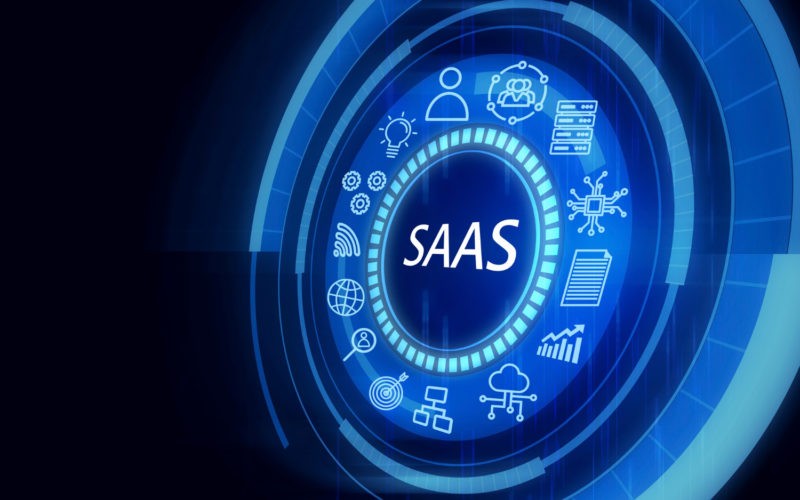A whopping 63.4% of the workforce prefers to work from home today while 28.3% of employees would settle for a hybrid model at best.
Only 8.3% of the employees are willing to work at the office.
This global shift toward remote working has permanently changed the corporate landscape.
Companies and employees are adapting to the possibility of operating remotely indefinitely, which reflects in the newer HR practices.
In this article, we’ll explore how job aspirants can adapt their resumes to better fit the digital native cultures and remote work settings. Read on to know more.
The rise of remote work: adjusting Resumes for digital native cultures
56% of hiring managers say that the shift from traditional in-office working to remote setups has transpired better than they’d expected.
This has been possible on their end courtesy of online tools such as Applicant Tracking Systems (ATS) that electronically perform various hiring and recruitment processes, making HR tasks easier and more organized.
On the employees’ end, they have had to adapt to remote working conditions in different ways, such as:
- Creating work schedules that inspire a work-life balance
- Putting up remote work settings that were flexible and sturdy
- Adapting to remote collaboration
One important bit that employees miss out on when updating to remote working is to update their resume to reflect the same. Your resume should let employers know that not only are you open to remote work, you excel at it.
Here are a few tips to help you adjust your resume to digital native culture and thrive in it.
1. Make sure it’s ATS-compliant

As mentioned above, an ATS is a software solution that electronically performs various hiring processes, including resume screening. Resumes that don’t follow an ATS-compliant resume format will simply not be screened by the software and rejected right away.
The resume is the most important document for a candidate applying for a job. No matter how good it is, it will not even reach a hiring manager if it doesn’t bypass an ATS. The first step in adapting your resume for the digital work environment is to make sure your resume is ATS-compliant.
Here are a few excellent ATS resume examples to get you started. You may tweak the resume you already have to fit the format better. However, we suggest starting from scratch and creating a brand new resume to make sure you’re right on the money with your candidature.
Take the information you already have in your resume, add new information that caters to the ATS format, and create a fresh resume to send with job applications. Here are a few tips to ensure your resume is fully ATS-compliant:
a. Pick a standard format
There are quite a few formats you may choose from. However, the most preferred one is a reverse-chronological resume as it lists the most recent and relevant things first and focuses on your experience.
b. Avoid styling
Any design elements that are added to a resume are going to be converted into text by the ATS during screening. So, it will only hinder the software’s reading of it, disrupting the text.
c. Stick to the PDF format
While there are no hard rules regarding what formats an ATS accepts, most formats such as DOCX or RTF carry the risk of having their original formatting disturbed when screened. PDF is the only format that preserves all formatting, presenting your resume as you intended.
d. Keep it short and simple
Ideally, a resume should be 1-2 pages long. You don’t want to overwhelm your employer with information. Make sure to use broken-up sentences that carry the relevant keywords for the job to impress your employers.
2. Emphasize your collaboration and communication skills
Communication and collaboration are the cornerstones of remote working. Companies and teams simply cannot sustain themselves without people being able to articulate themselves well online and collaborating with others on different platforms.
This is why highlighting your communication and collaboration skills will help you stand out. It will let your potential employer know you’re adept at remote working as and when needed without spelling it out or boasting about it.
Here are a few ideas to highlight your communication and collaboration skills:
- You may mention an achievement that involves remote working — such as managing a team of 15 employees remotely or successfully completing a completely remote project.
- Highlight your proficiency in collaboration tools such as Slack and Zoom.
- The way you write and structure your resume will also highlight your command of the language and your ability to articulate yourself.
- Define your proficiency level with a language instead of simply mentioning it.
Identifying yourself as a good communicator has dual benefits. First, it highlights your ability to work remotely with ease. Secondly, being a good communicator is an excellent quality to possess regardless.
Even if the organization is not remote-heavy, you’ll be considered a good fit as an employee based on your skills of being able to collaborate well with your team, with or without a remote setup in use.
3. Mention remote-specific qualities

While communication skills are crucial to a job role regardless of a remote setup, there are a few qualities you may highlight in your resume that are highly remote-specific and lets your employers know you’d be a great fit for it.
Not just that, you may even word some skills to make them remote-specific. Or relate them to remote working by mentioning a previous experience to demonstrate how adaptive you are. It helps you mold your existing experience to fit remote needs better.
Here are some keywords you should mention to make your resume remote-specific:
- Self-motivated
- Self-started
- Team player
- Telecommute
- Independent
- Passionate
- Driven
Such keywords let your employers know that you don’t need much support or guidance to get the work done. Moreover, you like to take initiative and get ahead of things.
To add another dimension to your resume’s remote aspect, state past instances where you’ve handled projects on your own or taken the initiative to get something done. It shows that you mean what you say and are a self-starter who will blend seamlessly in a remote setup.
4. Show that you’re a problem-solver
Problem-solving is the one skill every employee should possess, regardless of the work setup you’re in. That said, it’s a must-have in remote offices. This is because whenever an issue arises in an in-office setup, there are people who will take care of the business.
Team leaders will take the initiative and resolve the issue while the rest of the employees don’t necessarily have to do anything. But in the remote setup, if you face an issue on your end, you need to vocalize it for your team leader to even know you’re facing one.
This is why remote companies in general prefer employees who are problem-solvers as they contribute to a smooth flow of operations. Take note that this is different that being a self-starter.
You may be a self-starter but being creative and solving problems on your own is an elevated skill that makes you an indispensable employee. Highlight this in your resume with appropriate keywords and attach a few experiences if you can.
5. Mention it in the summary

The summary is the first thing a recruiter reads when assessing your resume. Mentioning your remote adaptability in the summary itself is an excellent way to let your employers know that you’re not only able to do it but have considerable experience with it.
It sets the tone for the rest of the resume. The recruiter will now read the resume with attention to remote-related skills and experience. They’re more likely to pick up on the remote-related elements you’ve added.
Here is an example of adding remote experience in the summary:
“Creative and self-motivated copywriter with 6+ years of experience in creating compelling cross-channel content for the web. Maintained a work-from-home role for two years. Adept at capturing the voice of the clients in clear consumer-focused copy.”
In the above example, the candidate makes it clear that they’ve been working from home for two years. They don’t need to say outright that they’re adept at remote working, it becomes obvious.
You may not even need to add anything overly remote-related after this as it becomes understood that your recent accomplishment and work experience came in remote working. This gives you room to be creative with your resume without emphasizing remote experience time and again.
Highlight remote-related experience in your resume to ace digital native cultures
The digital native culture developing today courtesy of the rise of remote working has made it crucial for employees to keep up with the times.
As companies hire remotely, employees also need to make their resumes, CVs, and portfolios digitally equipped to land their dream roles. Make sure your resume is created in a format that is ATS-compliant to be able to bypass the software screening.
Emphasize your remote-related skills such as communication, collaboration, and being a self-starter and a problem solver. Highlight remote experience in the summary to set the tone of the resume right.
Let us know in the comments how you think resumes can be adjusted to ace remote setups.
⸻ Author Bio ⸻

Atreyee Chowdhury is a freelance content writer with more than 10+ years of professional experience. She’s passionate about helping SMBs and enterprises achieve their content marketing goals with her carefully crafted and compelling content. She loves to read, travel, and experiment with different cuisines in her free time. You can follow her on LinkedIn.












